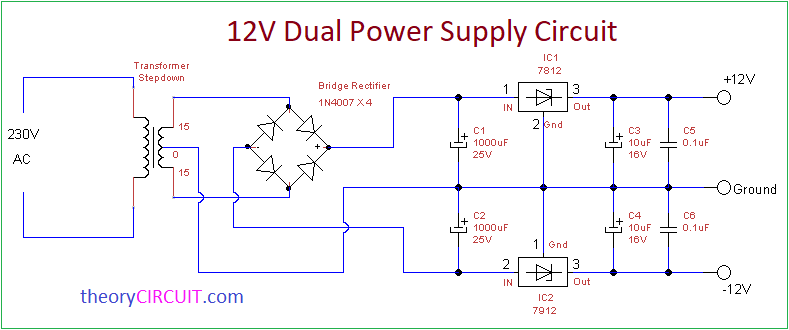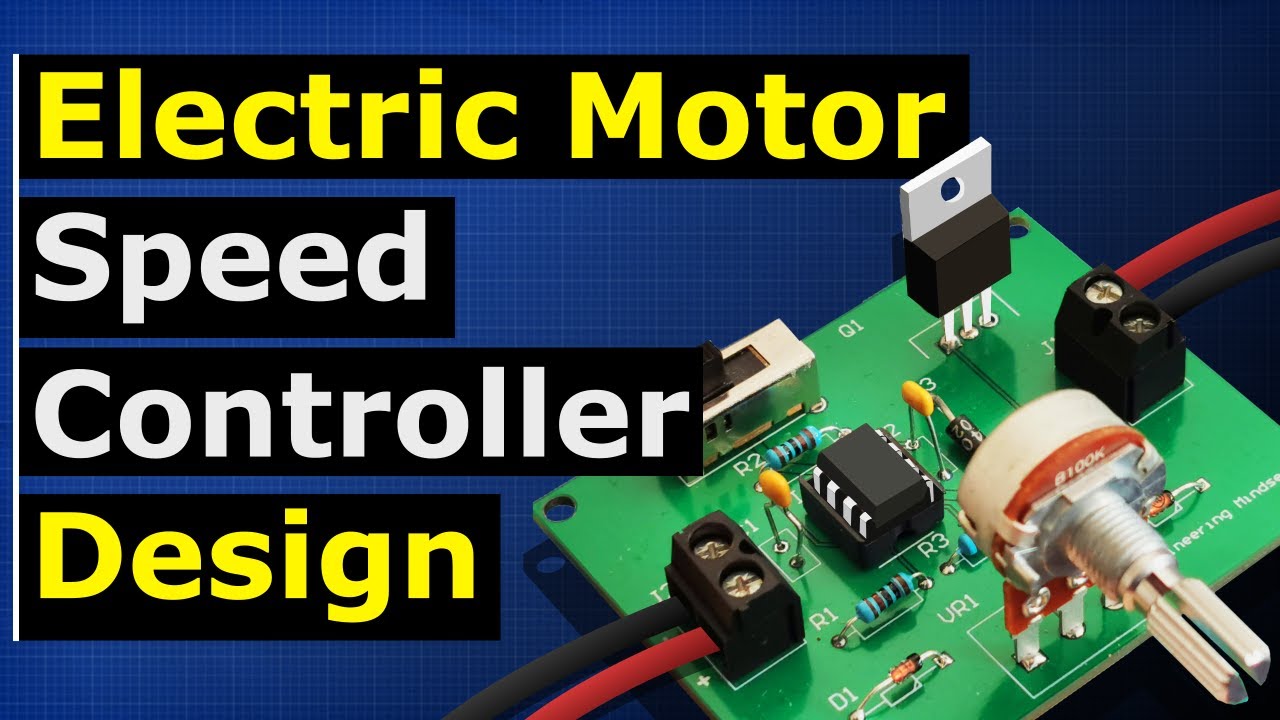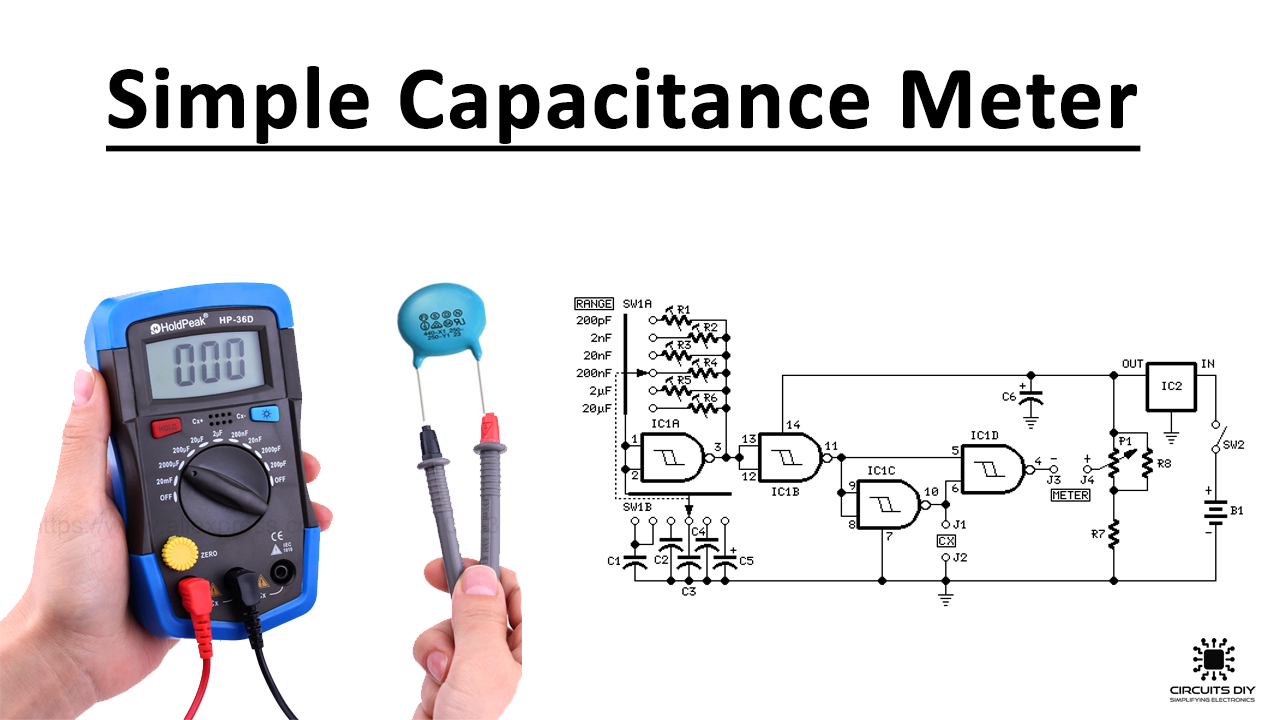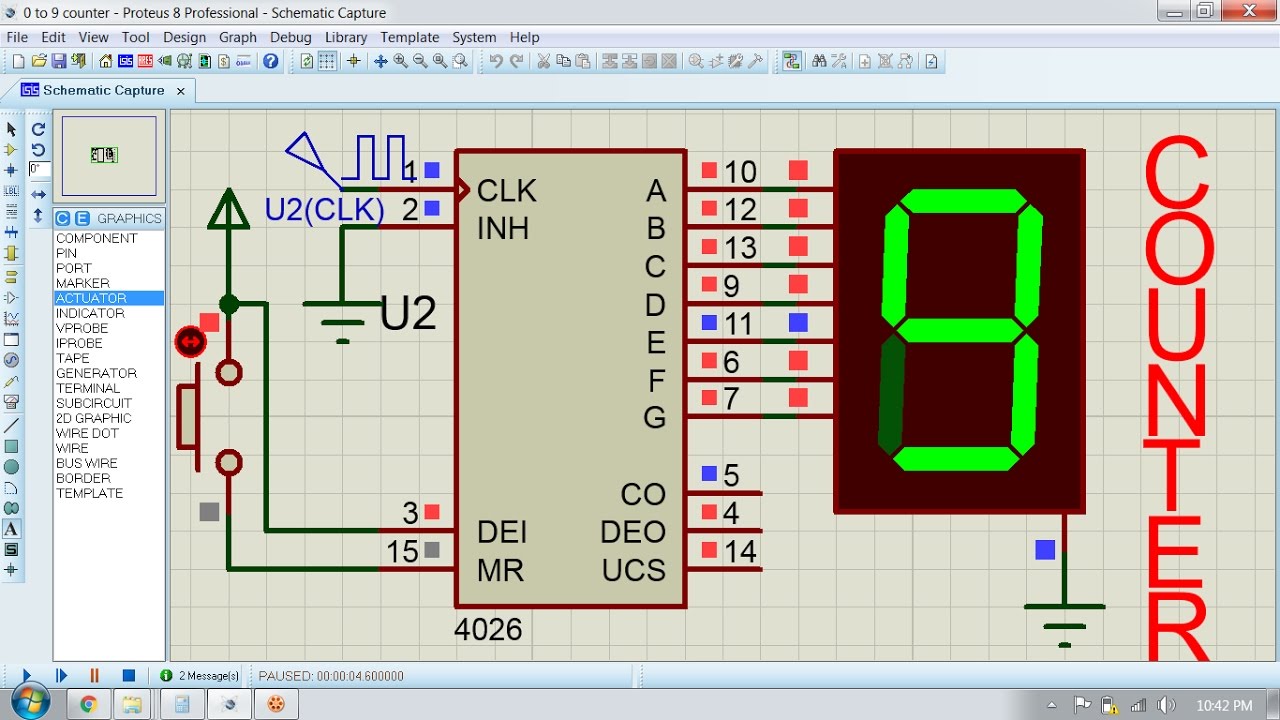Best Way to Design a Dual Power Supply
When it comes to designing electronic circuits, having a reliable power supply is crucial. A dual power supply, also known as a split power supply, provides positive and negative voltage outputs to power various components in a circuit. It is commonly used in audio amplifiers, operational amplifiers, and other electronic devices that require both positive and negative voltage rails.
Designing a dual power supply can be challenging, but with the right approach, you can create a stable and efficient power source for your circuit. In this article, we will discuss the best way to design a dual power supply, including key components, circuit configurations, and design considerations.
Key Components
Before we delve into the design process, let’s first look at the key components required for a dual power supply:
- Transformer: A transformer is used to step down the AC voltage from the mains supply to a lower voltage suitable for the circuit.
- Rectifier: The rectifier converts the AC voltage from the transformer into a pulsating DC voltage.
- Filter Capacitors: Filter capacitors are used to smooth out the pulsating DC voltage and reduce ripple.
- Regulator ICs: Regulator ICs are used to regulate the output voltage to ensure a stable power supply.
Circuit Configurations
There are several circuit configurations that can be used to design a dual power supply. The most common configurations include the following:
- Split Rail Configuration: In this configuration, two separate voltage rails are generated, one positive and one negative, using a center-tapped transformer.
- Voltage Inverter Configuration: This configuration uses an inverter circuit to generate a negative voltage rail from a positive voltage rail.
- Virtual Ground Configuration: In this configuration, a virtual ground is created by connecting the common terminal of two voltage rails.
Design Considerations
When designing a dual power supply, there are several key considerations to keep in mind:
- Regulation: It is important to use regulator ICs to ensure that the output voltage is stable and within the desired range.
- Current Rating: The power supply should be designed to handle the maximum current requirements of the circuit.
- Noise: Filtering capacitors should be used to reduce noise and ripple in the output voltage.
- Protection: Overcurrent protection and thermal protection should be included to safeguard the circuit components.
By following these guidelines and selecting the appropriate components and circuit configurations, you can design a reliable and efficient dual power supply for your electronic circuits. Remember to test your design thoroughly and make any necessary adjustments to ensure optimal performance.
Designing a dual power supply may seem daunting at first, but with practice and the right knowledge, you can create a power source that meets the specific requirements of your circuit. Whether you are building a high-performance audio amplifier or a precision measurement instrument, a well-designed dual power supply is essential for the success of your project.
Best Way to Design a Dual Power Supply
When it comes to designing electronic circuits, having a reliable power supply is crucial. A dual power supply, also known as a split power supply, provides positive and negative voltage outputs to power various components in a circuit. It is commonly used in audio amplifiers, operational amplifiers, and other electronic devices that require both positive and negative voltage rails.
Designing a dual power supply can be challenging, but with the right approach, you can create a stable and efficient power source for your circuit. In this article, we will discuss the best way to design a dual power supply, including key components, circuit configurations, and design considerations.
Key Components
Before we delve into the design process, let’s first look at the key components required for a dual power supply:
- Transformer: A transformer is used to step down the AC voltage from the mains supply to a lower voltage suitable for the circuit.
- Rectifier: The rectifier converts the AC voltage from the transformer into a pulsating DC voltage.
- Filter Capacitors: Filter capacitors are used to smooth out the pulsating DC voltage and reduce ripple.
- Regulator ICs: Regulator ICs are used to regulate the output voltage to ensure a stable power supply.
Circuit Configurations
There are several circuit configurations that can be used to design a dual power supply. The most common configurations include the following:
- Split Rail Configuration: In this configuration, two separate voltage rails are generated, one positive and one negative, using a center-tapped transformer.
- Voltage Inverter Configuration: This configuration uses an inverter circuit to generate a negative voltage rail from a positive voltage rail.
- Virtual Ground Configuration: In this configuration, a virtual ground is created by connecting the common terminal of two voltage rails.
Design Considerations
When designing a dual power supply, there are several key considerations to keep in mind:
- Regulation: It is important to use regulator ICs to ensure that the output voltage is stable and within the desired range.
- Current Rating: The power supply should be designed to handle the maximum current requirements of the circuit.
- Noise: Filtering capacitors should be used to reduce noise and ripple in the output voltage.
- Protection: Overcurrent protection and thermal protection should be included to safeguard the circuit components.
By following these guidelines and selecting the appropriate components and circuit configurations, you can design a reliable and efficient dual power supply for your electronic circuits. Remember to test your design thoroughly and make any necessary adjustments to ensure optimal performance.
Designing a dual power supply may seem daunting at first, but with practice and the right knowledge, you can create a power source that meets the specific requirements of your circuit. Whether you are building a high-performance audio amplifier or a precision measurement instrument, a well-designed dual power supply is essential for the success of your project.



